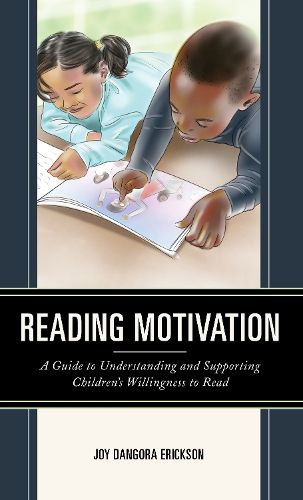Readings Newsletter
Become a Readings Member to make your shopping experience even easier.
Sign in or sign up for free!
You’re not far away from qualifying for FREE standard shipping within Australia
You’ve qualified for FREE standard shipping within Australia
The cart is loading…






Reading Motivation: A Guide to Understanding and Supporting Children’s Willingness to Read explains the importance of paying careful attention to children’s developing motivation to read and offers a step-by-step guide for conducting rigorous and systematic case studies of children’s motivation to read in specific contexts (e.g., reading intervention programs). The methods described in this book have been used successfully to elicit the perspectives of children as young as five years of age. In addition to carefully considering the views of children, readers are encouraged to work with peers to carefully select, collect, and analyze multiple types of data from a variety of sources to answer questions about their students’ motivation in trustworthy ways. Separate chapters explain how to formatively and summatively analyze and interpret qualitative and quantitative data and how to present findings and make changes to programming in response to findings. A summary and a guided activity appear at the end of each chapter to support the reader in practicing the skills introduced in the chapter.
$9.00 standard shipping within Australia
FREE standard shipping within Australia for orders over $100.00
Express & International shipping calculated at checkout
Reading Motivation: A Guide to Understanding and Supporting Children’s Willingness to Read explains the importance of paying careful attention to children’s developing motivation to read and offers a step-by-step guide for conducting rigorous and systematic case studies of children’s motivation to read in specific contexts (e.g., reading intervention programs). The methods described in this book have been used successfully to elicit the perspectives of children as young as five years of age. In addition to carefully considering the views of children, readers are encouraged to work with peers to carefully select, collect, and analyze multiple types of data from a variety of sources to answer questions about their students’ motivation in trustworthy ways. Separate chapters explain how to formatively and summatively analyze and interpret qualitative and quantitative data and how to present findings and make changes to programming in response to findings. A summary and a guided activity appear at the end of each chapter to support the reader in practicing the skills introduced in the chapter.